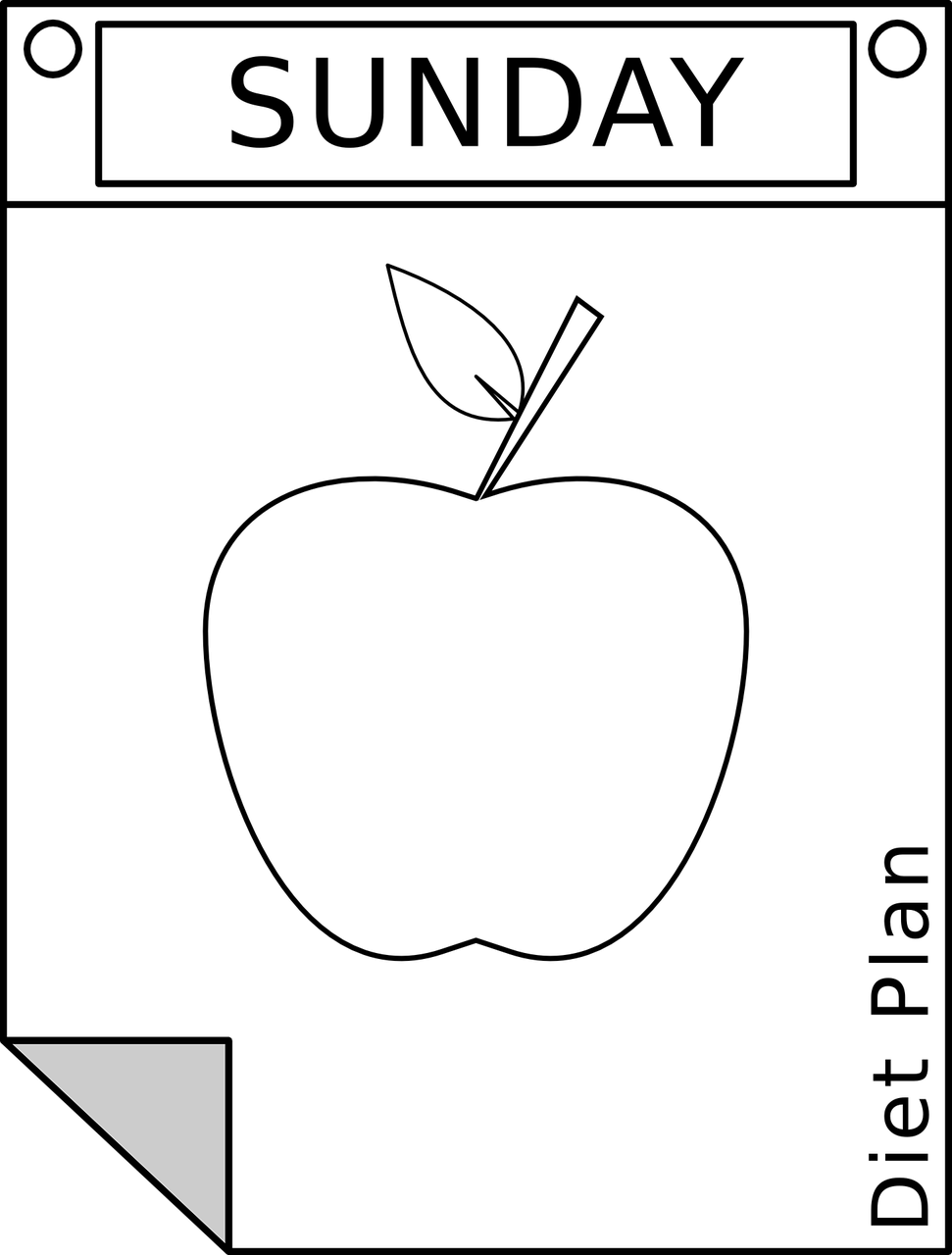High Protein Diet: A Comprehensive Guide to Fitness and Nutrition

Introduction
A high protein diet has gained significant popularity in the fitness and nutrition world. It is often hailed as an effective way to build muscle, lose weight, and improve overall health. In this article, we will provide a thorough overview of high protein diets, including different types, their popularity, and their impact on the body.
Understanding High Protein Diet

A high protein diet is a dietary approach that focuses on consuming foods rich in protein. Unlike other macronutrients such as carbohydrates and fats, protein plays a crucial role in building and repairing tissues, supporting hormonal function, and maintaining a healthy immune system. It is recommended that adults get 10-35% of their daily caloric intake from protein.
Types of High Protein Diets
Several types of high protein diets exist, each with its own unique characteristics and benefits. Some popular examples include the Atkins Diet, the Paleo Diet, and the Ketogenic Diet. While these diets differ in their approach and macronutrient ratios, they all emphasize the importance of high protein intake.
The Atkins Diet, for instance, focuses on low carbohydrate consumption while increasing protein and fat intake. The Paleo Diet encourages consuming lean meats, fish, fruits, and vegetables while eliminating processed foods. The Ketogenic Diet emphasizes very low carbohydrate intake, forcing the body into a state of ketosis where it primarily uses fats for energy.
Quantitative Measurements of High Protein Diet
When embarking on a high protein diet, it’s essential to understand the recommended daily protein intake. The general guideline suggests consuming 0.8 grams of protein per kilogram of body weight. However, for individuals participating in strenuous exercise or aiming for muscle gain, protein intake may range from 1.2 to 2.0 grams per kilogram of body weight.
These quantitative measurements play a vital role in achieving optimal results and avoiding the risk of consuming excessive protein, which may strain the kidneys or lead to other health complications.
Differences between Various High Protein Diets
Although high protein diets have a common focus on protein intake, they differ in other key aspects. For example, the Atkins Diet restricts carbohydrate intake, while the Paleo Diet encourages the consumption of whole, unprocessed foods. The Ketogenic Diet, on the other hand, requires extremely limited carbohydrate consumption to induce ketosis.
Additionally, the sources of protein can vary among these diets. The Atkins Diet and Ketogenic Diet often include higher fat and animal protein sources, while the Paleo Diet focuses on lean meats, fish, and plant-based proteins. Understanding these differences can help individuals choose a high protein diet that aligns with their preferences and goals.
Historical Review of Pros and Cons
High protein diets have been a subject of debate in the past, with both advantages and disadvantages to consider. Proponents argue that high protein diets can promote weight loss, increase muscle mass, and improve metabolic health.
However, critics raise concerns about potential risks such as kidney damage, nutrient deficiencies, and the long-term sustainability of these diets. It is important to keep in mind that high protein diets may not be suitable for everyone, and consulting with a healthcare professional before starting any dietary plan is advised.
Conclusion
In conclusion, high protein diets offer a range of benefits, including muscle development, weight loss, and improved overall health. Understanding the various types of high protein diets, their quantitative measurements, and the historical pros and cons can help individuals make informed decisions about incorporating them into their lifestyle.
Remember, a high protein diet should be personalized based on individual needs, preferences, and goals. It is essential to consult a healthcare professional or a registered dietitian to receive personalized guidance and ensure a balanced and sustainable approach to nutrition and fitness.
[INSERT VIDEO HERE: A brief video explaining the benefits and considerations of high protein diets for individuals seeking to improve their fitness and overall health].











